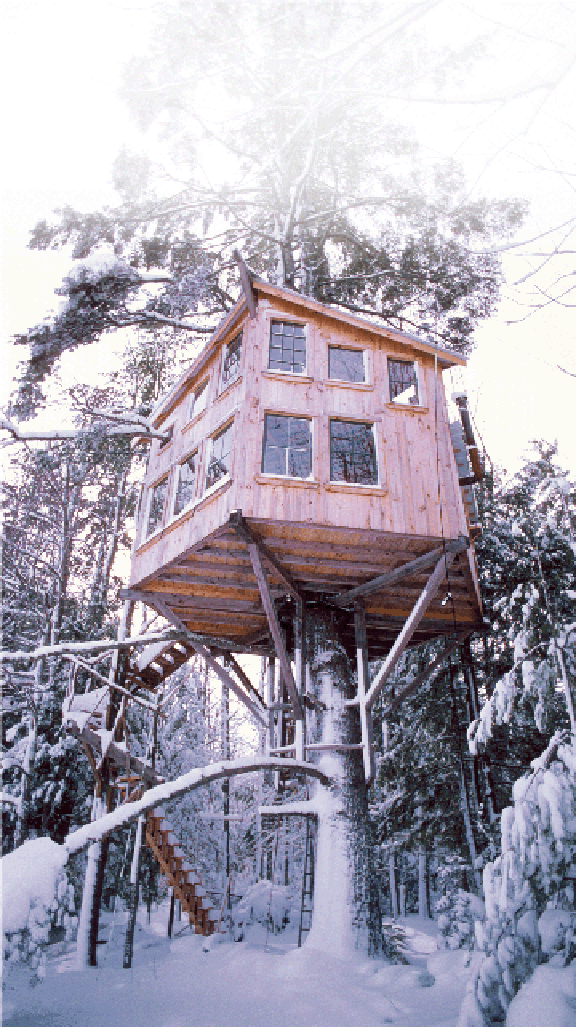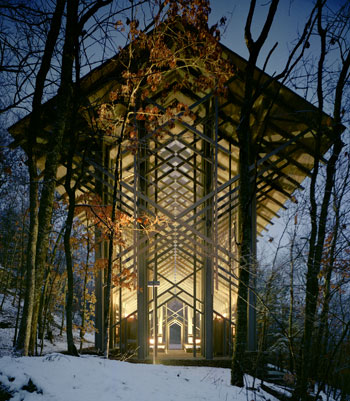I was reading this parenting book that Lara had read and found helpful, and it sparked some theological thinking. The passage read as follows:
“If guilt is an ice cube, shame is an iceberg: it’s in the same basic category, but it’s bigger, goes deeper, and can do a lot of damage. Guilt goes along with remorse, and tends to be associated with a particular act of misbehavior. Shame, on the other hand, tends to pervade the entirety of the person in question. Shame goes along with disgrace and humiliation. Whereas a person feeling guilty can rouse himself to make amends, a person feeling shame has a much more difficult task.
Shame has to do with a feeling of being wrong, stupid, bad, inept. Shame is the hot potato of mental states: No one wants to be left holding it for long. No sooner do we find ourselves with it than we set about to find some way to hand it off to someone else. There is no wrong without right, stupid without smart, bad without good, or inept without competent. IF you are to get rid of shame—itf you are to feel right or smart or good or competent—then someone else has to be assigned these other, less desireable qualities. As such, shame tends to travel from person ot person. It gets handed off.
(Dana Chidekel, Parents in Charge: Setting Healthy, Loving Boundaries for your Child. New York: Citadel, 2002, 206.)
That got me thinking about Christ taking our shame at the cross, the most shameful way of dying that was available to the God-man. After dying in humiliation, even uttering an unanswered plea to Elijah, he is buried with the shame of the world, and he leaves it there. We can turn over our shame to God, because God has willingly taken it. 1st Peter 2: 6 says “For in Scripture it says: "See, I lay a stone in Zion, a chosen and precious cornerstone, and the one who trusts in him will never be put to shame." We can put a halt to the endless “passing” of our shame to others by giving it up to God. God fully takes that shame in the form of a cross, and rises from shame and death to show us our potential as “re-born” beings. Chidekel states that “Babies do not feel shame.” And then makes a good case for tying shame, which kicks in during the toddler years, to a legacy of toilet training.” As for the soteriological aspect of the freedom from shame, We can be re-born into the world, free of shame…like an infant. We can be saved from shame by yielding this one most private and personal emotion to God
Chidekel states about shame,
“Shame seems to be hard-wired into humans. While someone can certainly set out intentionally to make you feel ashamed, shame will arise in the absence of another’s conscious intent to inspire it within you.”
The author says that shame is seemingly “hard-wired” into us. Perhaps the concept of shame and the concept of the “original sin” are the same. The story tells us that after eating from the tree of the knowledge of good and evil, Adam and Eve cover themselves “in shame.” God’s action in the cross is said to be the “equal and opposite reaction” of the shame that is inherent in the human condition. God is offering us a freedom from our shame by taking that shame from us. The only way to stop the cycle of shame, to stop perpetuating it onto those whom we love, is to yield the shame to God and understand that we’re not created to bear it. It is alien to our core as Good Creation.




















